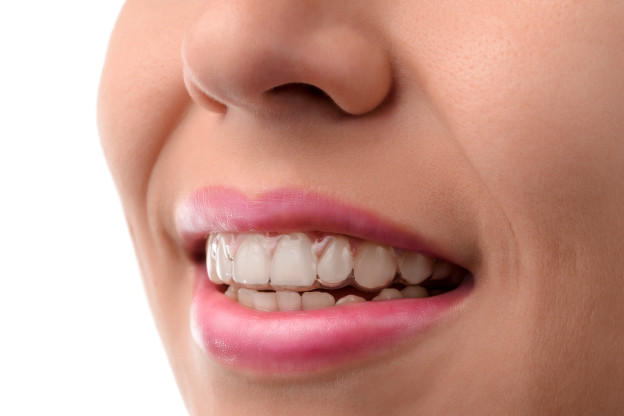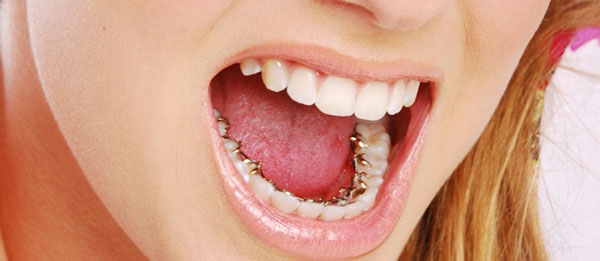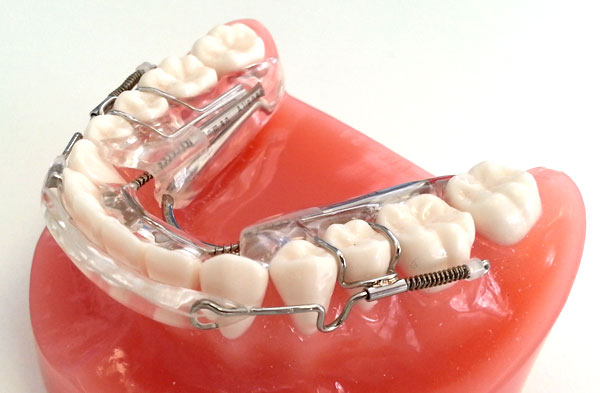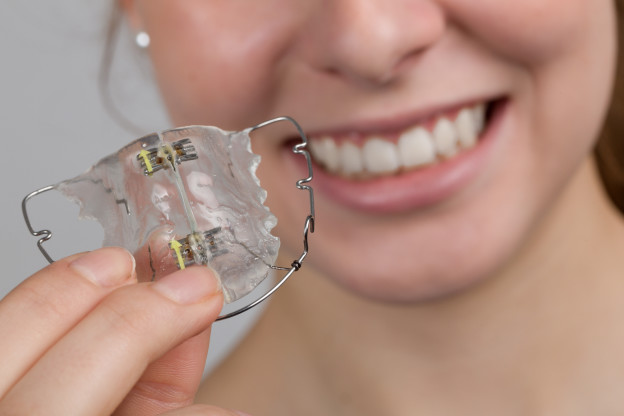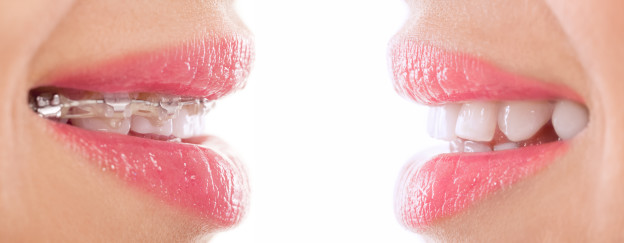Chances are if you’re reading this post or a lingual braces blog then your smile is not something you’re happy with. In fact, the figures show that you’re not alone, almost half of the population in the UK would love to improve their smile. This being the case, many people find themselves looking for braces in Manchester or researching Invisalign braces. Manchester residents may also feel that it’s too late to fix their teeth, or that it will take too long, or be too embarrassing. That’s where Invisible braces come to the rescue. Let’s take a look at two of the most popular discreet braces on the market today – Lingual Braces and Invisalign.
Both Invisalign and Lingual Braces are extremely popular nowadays due to their aesthetic advantages. They are very discreet and as a result, the wearer can often complete treatment without anybody even noticing. While we often find that patients have narrowed their options down between these two, it’s also important to understand why they’re different?
The biggest difference is that lingual braces use metal wires and brackets that are fixed to the back surfaces of the teeth, while with Invisalign braces, Manchester patients use a series of clear removable aligners that are worn over the teeth.
So is one better than the other?
In short, no! These braces are so different that it’s difficult to choose the overall winner. The right choice often depends on your preference and individual case. The only way to know for certain is by having a consultation with your dentist, who can recommend which type of brace will provide the best results for you personally. In the meantime though, let’s take a closer look at the In’s and out’s of these appliances to help you gain a better understanding of each.
Firstly, Invisalign Braces
When looking for braces in Manchester, many people may have come across Invisalign already, but they aren’t sure what they are, and more importantly, how they work?
The main benefit of Invisalign is that it’s an incredibly discreet way to straighten teeth without the use of any metal wires. It works by using a series of clear and removable aligners that are worn over the top of the teeth to slowly move them little by little into their final position. Unlike Lingual Braces which require just one fixed brace for the duration of the treatment, you have the responsibility to replace your existing aligner for the next one in the series, every two weeks. The Aligners are custom-made specifically for each individual and are smooth and comfortable to wear. With Invisalign braces, Manchester patients may also need the help of some small buttons which are attached to the teeth in order to achieve particular movements, but being tooth coloured, they remain hardly noticeable.
Some prefer a removable brace instead of a fixed one. The main reason is the when the aligner is removed it’s far easier to clean and floss your teeth thoroughly. This is instead of trying to squeeze your toothbrush between wires and brackets.
In addition, people also like the fact that you must remove the brace whilst eating and drinking. This means that unlike fixed braces, you no longer have to avoid certain foods. It’s also handy when it comes to special occasions as you don’t have to be wearing them if you don’t want to. Just make sure they’re in position for a minimum of 20 hours a day.
The ClinCheck provided with Invisalign is another great advantage for patients too. Your treatment is carefully planned from beginning to end using the latest CAD/CAM software. This enables you to see how your teeth will look after treatment using a digital representation of your teeth.
Lingual Braces
If you’ve been doing your research on braces in Manchester, or have been reading a lingual braces blog, you may already know that unlike Invisalign, lingual braces require the use of wires and brackets. However, what’s great is that they’re completely hidden from sight because they’re fitted behind the teeth. This means it has all the advantages of a fixed brace but yet offers faster treatment times. In fact, some lingual braces can be nearly 30% quicker. This is because modern technology ensures precision tooth movements which allow the teeth to move more directly into their new position, faster. Lingual braces are custom-made for each individual patient, so they always fit the inside of the teeth comfortably. In addition, they achieve great results by applying gentle and continuous pressure to gradually shift the teeth.
Lingual braces help treat a wide range of dental problems such as overcrowding, rotation of teeth, closing spaces and the malocclusions. If unsuitable for Invisalign braces, Manchester patients often find lingual braces are a great alternative as they’re able to treat more complex movements of the teeth.
For many of our patients, the deciding factor to have lingual braces is because they are fixed to the teeth for the full duration of treatment. This eliminates the risk of losing the brace and also means that it’s always hard at work. Some people struggle with the temptation to remove their aligners too often which can impact the end result and the length of treatment.
Although you may have done plenty of research, reading websites about braces in Manchester or a lingual braces blog, the best way to find out for certain which option is best suited for you personally is by visiting us for a consultation. Call us on 0161 660 1218 or fill in the booking form on our website to arrange an appointment. Whether you choose fixed lingual braces or Invisalign braces, Manchester-based Church Road Dental and Cosmetics are happy to help.

